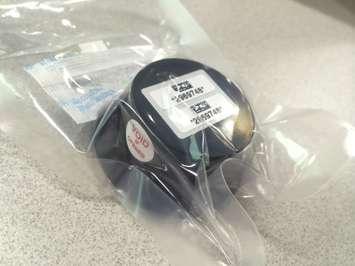Huron Perth Public Health is once again calling on area residents to test their homes for a lung cancer causing gas.
Radon, an odourless, colourless, and tasteless gas, can slip into homes unnoticed through cracks in the foundation or floors, gaps around pipes and cables, or sumps and drains. It is produced by the decay of naturally occurring uranium in soil and rocks and long-term exposure to high levels of the gas is the second-leading cause of lung cancer after smoking, according to the health unit.
“Radon gas can be found at low levels in many homes across Ontario," Public Health Inspector Dana Merrifield said in a statement released on Monday. "Testing is an important step towards protecting your health and is the only way to know how much radon may be present indoors."
The health unit added that winter is the best time to test for radon as doors and windows are kept closed during the chilly months. The long-term test monitors indoor air for a minimum of three months. It is recommended, the testing device be placed in the lowest level of the home where residents spend a minimum of four hours a day in order to get the most accurate reading.
"Once you know the levels of radon in your home, you can take steps to lessen the risks and protect your health,” said Merrifield.
The Canadian Guideline for radon is 200 Bq/m 3.
As November is Radon Action Month, Health Canada will be mailing postcards to select regions where previous testing found one to three percent of homes to have high radon levels. The mailing of postcards will run through January.
Radon tests, approved by Health Canada, can be found at www.takeactiononradon.ca or by calling the health unit at 1-888-221-2133 ext. 3670.






